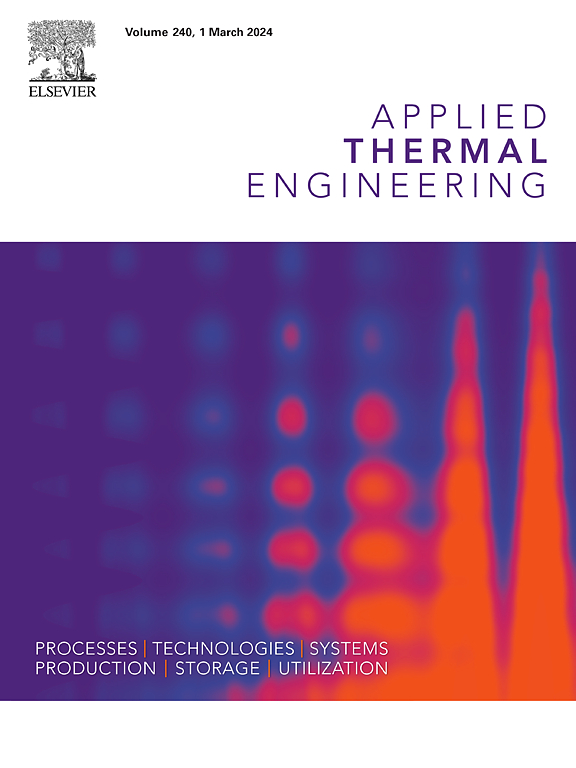润滑油液滴自燃诱发氢预燃的研究
IF 6.1
2区 工程技术
Q2 ENERGY & FUELS
引用次数: 0
摘要
在船用发动机中应用氢,可以有效减少温室气体排放。然而,异常燃烧限制了氢发动机的发展。润滑油被认为是导致异常燃烧模式出现的主要因素。由于氢的点火能量较低,燃烧速率较高,氢发动机中发生的预点火可能具有一些不同的特征。为了了解润滑油诱发预点火的特性,我们在快速压缩机(RCM)的基础上开展了实验研究。预点火通常伴随着发动机爆震。温度和压力的升高会加剧氢气发动机的预点火趋势。特别是当温度升高 70 K 时,油滴(0.1 毫米)的点火延迟缩短了约 70%,火焰扩散速度提高了约 40%。空燃比 (λ) 的降低促进了预点火的发生,并伴随着不同程度的发动机爆震。为了避免与预点火相关的爆震,在保持热效率的前提下,空气与燃料的当量比在 2.5 到 3.0 之间是合适的。与甲烷相比,油滴对物理点火延迟的影响要大得多,而对化学点火延迟的影响则不太明显。本文章由计算机程序翻译,如有差异,请以英文原文为准。
Investigation of the hydrogen pre-ignition induced by the auto-ignition of lubricating oil droplets
With the application of hydrogen in marine engines, greenhouse gas emissions can be effectively reduced. However, abnormal combustion restricts the development of hydrogen engines. Lubricating oil is considered the main factor responsible for the onset of abnormal combustion modes. The pre-ignition that occurred in hydrogen engines may have some different characteristics, due to lower ignition energy and higher burning rate of hydrogen. To understand the characteristics of the pre-ignition induced by lubricating oil, experimental research was carried out based on a rapid compression machine (RCM). The pre-ignition is usually accompanied by an engine knock. Both the increase of temperature and pressure intensifies the occurrence tendency of pre-ignition for hydrogen engines. In particular, when the temperature is increased by 70 K, the oil droplet (0.1 mm) ignition delay is shortened by about 70 % and the flame diffusion speed is increased by about 40 %. The reduction of air-to-fuel equivalence ratio (λ) promotes the occurrence of pre-ignition accompanied by varying degrees of engine knock. To avoid knocking associated with pre-ignition, an air-to-fuel equivalence ratio in the range of 2.5 to 3.0 is appropriate while maintaining thermal efficiency. Compared with methane, the effect on the physical ignition delay of oil droplets is significantly greater, whereas the effect on the chemical ignition delay is less pronounced.
求助全文
通过发布文献求助,成功后即可免费获取论文全文。
去求助
来源期刊

Applied Thermal Engineering
工程技术-工程:机械
CiteScore
11.30
自引率
15.60%
发文量
1474
审稿时长
57 days
期刊介绍:
Applied Thermal Engineering disseminates novel research related to the design, development and demonstration of components, devices, equipment, technologies and systems involving thermal processes for the production, storage, utilization and conservation of energy, with a focus on engineering application.
The journal publishes high-quality and high-impact Original Research Articles, Review Articles, Short Communications and Letters to the Editor on cutting-edge innovations in research, and recent advances or issues of interest to the thermal engineering community.
 求助内容:
求助内容: 应助结果提醒方式:
应助结果提醒方式:


